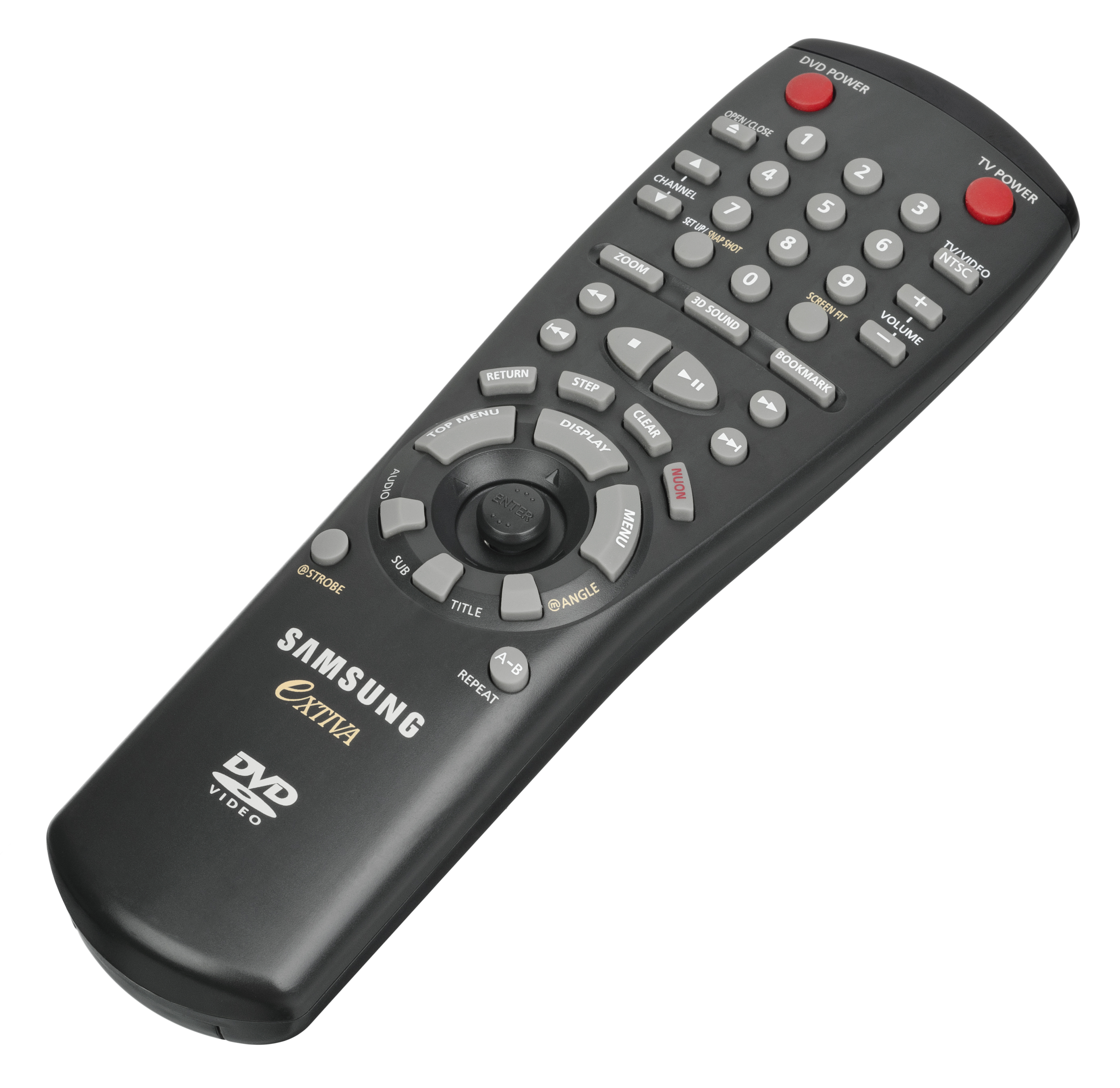
Remote control
In electronics, a remote control (also known as a remote or clicker[1]) is an electronic device used to operate another device from a distance, usually wirelessly. In consumer electronics, a remote control can be used to operate devices such as a television set, DVD player or other digital home media appliance. A remote control can allow operation of devices that are out of convenient reach for direct operation of controls. They function best when used from a short distance. This is primarily a convenience feature for the user. In some cases, remote controls allow a person to operate a device that they otherwise would not be able to reach, as when a garage door opener is triggered from outside.
For other uses, see Remote control (disambiguation).
Early television remote controls (1956–1977) used ultrasonic tones. Present-day remote controls are commonly consumer infrared devices which send digitally-coded pulses of infrared radiation. They control functions such as power, volume, channels, playback, track change, energy, fan speed, and various other features. Remote controls for these devices are usually small wireless handheld objects with an array of buttons. They are used to adjust various settings such as television channel, track number, and volume. The remote control code, and thus the required remote control device, is usually specific to a product line. However, there are universal remotes, which emulate the remote control made for most major brand devices.
Remote controls in the 2000s include Bluetooth or Wi-Fi connectivity, motion sensor-enabled capabilities and voice control.[2][3] Remote controls for 2010s onward Smart TVs may feature a standalone keyboard on the rear side to facilitate typing, and be usable as a pointing device.[4]
Usage[edit]
Power line remote control[edit]
A subset of Power-Line communication that sends remote control signals over energized AC power lines. This was used to remotely control home automation before the invention of WIFI connected smart switches.
Garage and gate[edit]
Garage and gate remote controls are very common, especially in some countries such as the US, Australia, and the UK, where garage doors, gates and barriers are widely used. Such a remote is very simple by design, usually only one button, and some with more buttons to control several gates from one control. Such remotes can be divided into two categories by the encoder type used: fixed code and rolling code. If you find dip-switches in the remote, it is likely to be fixed code, an older technology which was widely used. However, fixed codes have been criticized for their (lack of) security, thus rolling code has been more and more widely used in later installations.
Standby power[edit]
To be turned on by a wireless remote, the controlled appliance must always be partly on, consuming standby power.[48]
Alternatives[edit]
Hand-gesture recognition has been researched as an alternative to remote controls for television sets.[49]